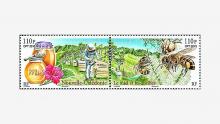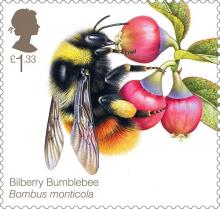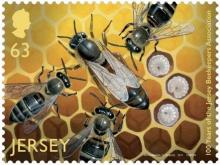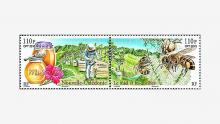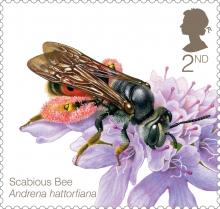Engineered symbionts to safeguard honeybee health and their pollination services: A response
Leonard et al. (1) presented an interesting approach to limit the impact of pathogens on honeybees by stimulating immunity via engineered symbionts. The urgency to safeguard pollinator services is undoubted. Massive declines in bees, insects in general, pose major concerns for ecosystem stability and food production. However, we see potential pitfalls in such technology driven approaches. Leonard et al. attribute high honeybee colony mortality to the parasitic mite Varroa destructor via synergistic interactions with RNA viruses. However, Varroa is only a significant concern for honeybees.

